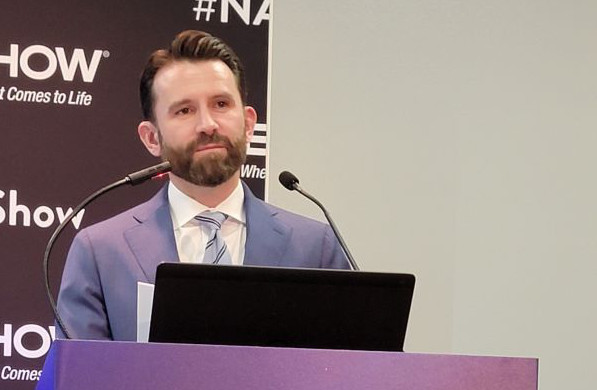Houston grandmother claims nation’s first ‘Super Wi-Fi’ hotspot
Looking for a really fast Internet connection in the Houston area? You might want to ask Leticia Aguirre, a grandmother who has become the first American to host a “Super Wi-Fi” hotspot.
Thanks to a partnership between researchers at Rice University’s wireless communications lab and Technology for All (TFA), a Houston nonprofit, Aguirre’s home was randomly picked to have a Super Wi-Fi hot spot installed this month. The project began last year when the FCC worked out rules to convert unused (white space) television channels into high-powered Wi-Fi zones.
The TFA and Rice plan to add more Super Wi-Fi links in Aguirre’s neighborhood in coming months, as it deploys Internet service for 3000 residents in East Houston.
“I’ve wanted to have the Internet for a long time, but it’s very expensive,” said Aguirre, 48, a working grandmother and homeowner.
The open-source project has the federal support of the National Science Foundation. “Ultimately, we want to develop this technology in such a way that it benefits the most people by accessing the right spectrum for the right users. Having Mrs. Aguirre as our first user really shows the potential benefits for people who’ve been underserved with traditional broadband,” said Rice’s Edward Knightly, professor in electrical and computer engineering, whose research group built the prototype Super Wi-Fi equipment that Aguirre is using.
When Knightly’s research group teamed up with TFA to launch a free community broadband Wi-Fi network in the East Houston neighborhood of Pecan Park in 2004, Aguirre was one of the first homeowners to agree to host a Wi-Fi hot spot. That network, TFA-Wireless, now serves a three-square-mile area. But Aguirre, who lives at the edge of the network, has never received a good Wi-Fi signal at her home.
Aguirre said she got so frustrated with traditional Wi-Fi that she considered asking TFA to remove the Wi-Fi antenna from her home. “But I need the Internet to see that my paychecks have been deposited and to do other things,” she said. “When they called me to see if I wanted to try this, it was an answer to my prayers.”
Get the TV Tech Newsletter
The professional video industry's #1 source for news, trends and product and tech information. Sign up below.
Aguirre said she is looking forward to using e-mail and Skype to stay in touch with friends and family, including her three children and her five-year-old grandson, and to watch religious videos online and learn more about how a computer can help her in her daily life.
The original TFA-Wireless network was designed as a test bed for urban “multihop” Wi-Fi technology. In late 2010, just as the FCC established its rules for Super Wi-Fi, Knightly’s team received a new grant from the National Science Foundation to incorporate Super Wi-Fi into the TFA-Wireless network.
To end users, the new hot spot looks like any other; it can be accessed with any Wi-Fi device. Behind the scenes, the network uses “dynamic spectrum access” to automatically shift between traditional Wi-Fi and unused UHF digital TV channels to provide the best possible coverage.
